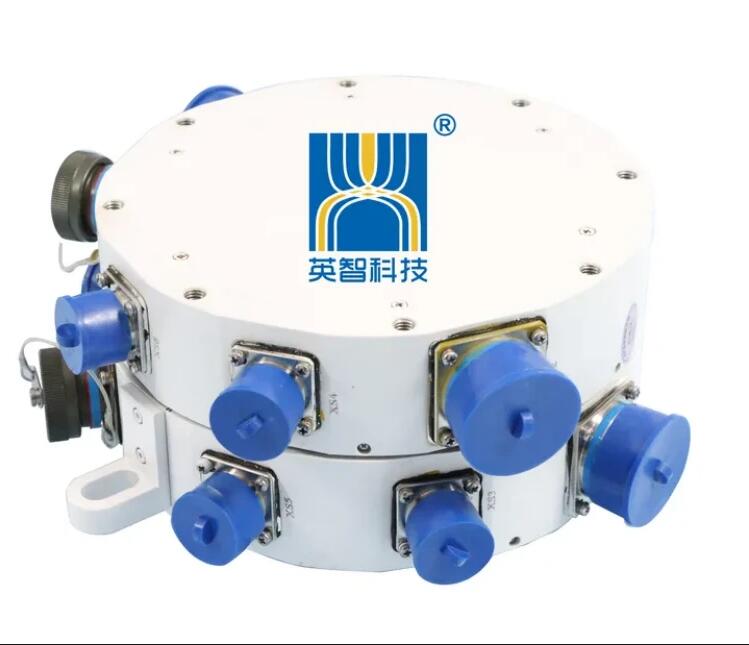
Conductive slip rings play a crucial role in various industries where continuous electrical power and signal transmission is required while allowing unrestricted rotational movement.
They are commonly used in applications such as wind turbines, robotics, medical equipment, and radar systems. However, when it comes to high-speed applications, specific requirements need to be met to ensure optimal performance and reliability.
- Low Electrical Resistance: High-speed conductive slip rings should have low electrical resistance to minimize power loss and heat generation during operation. This is crucial to ensure efficient power transmission and prevent any potential damage to the equipment. Low resistance also helps maintain signal integrity and minimize interference, resulting in high-quality data transmission.
- High Rotational Speed: High-speed conductive slip rings should be designed to handle fast rotation without compromising performance. They should be capable of smoothly transmitting power and signals even at high speeds, ensuring uninterrupted operation of the system. The slip ring’s design, including the choice of materials and manufacturing techniques, plays a vital role in achieving this requirement.
- Precise Contact Design: The contact design of high-speed conductive slip rings should be carefully engineered to ensure reliable and continuous electrical connectivity. The contacts should maintain stable connections, even during rapid rotation, preventing any intermittent or unstable signals. The use of advanced technologies such as precious metal plating and self-cleaning mechanisms can help ensure accurate and consistent contact.
- Low Electrical Noise: High-speed applications require slip rings with minimal electrical noise to ensure reliable signal transmission. Electrical noise can result in signal degradation and interfere with sensitive equipment. Shielding techniques, proper grounding, and effective insulation can help minimize electrical noise and ensure clean and accurate signal transmission.
Robust Construction: To withstand the high rotational speeds and demanding operating conditions, high-speed conductive slip rings must have a robust construction. They should be built using high-quality materials that can withstand mechanical stress, vibrations, and temperature variations. The slip rings should also be resistant to corrosion and wear, ensuring longevity and minimizing maintenance requirements.
Lubrication and Maintenance: High-speed conductive slip rings should incorporate a reliable lubrication system to minimize friction and wear. Proper lubrication helps reduce heat generation and ensures smooth rotation even at high speeds. Additionally, the slip rings should be designed for easy maintenance, allowing quick access for inspection, cleaning, and replacement of worn-out components.
Customization Options: Different high-speed applications may have unique requirements, such as the number of circuits, signal types, and power ratings. Therefore, high-speed conductive slip rings should offer customization options to meet specific application needs. Customization may include the choice of materials, contact configurations, signal types (analog, digital, Ethernet, etc.), and integration with other components.
In conclusion, high-speed conductive slip rings should meet specific requirements to ensure optimal performance and reliability in demanding applications. Low electrical resistance, high rotational speed capabilities, precise contact design, low electrical noise, robust construction, reliable lubrication, and customization options are crucial factors to consider when selecting slip rings for high-speed applications. By choosing slip rings that meet these requirements, industries can ensure efficient power and signal transmission while maintaining the integrity of their systems.
